

TABLE OF CONTENTS











This year, we are rousing our volunteers with the rallying cry “Calling All Climate Champions.” Our planet urgently needs each one of us, not just as observers but as active defenders of its beauty and biodiversity. Earthwatch’s work is more important than ever during this time of accelerating global change.
Earthwatch has relentlessly pursued innovative ways to make environmental research more relevant and impactful. Our expeditions address critical ecological threats, including climate change and biodiversity loss. This year is no different. Our guiding light remains our dedicated participants and volunteers, whose commitment to conservation supports long-term scientific research.
For returning and new climate champions ready to answer the call, remember: every expedition is a step forward in shaping a brighter future. Embrace the journey because you are not just witnessing the world but actively participating in its conservation.
Ready to embark on a new adventure or revisit some of your most cherished memories?

Earthwatch has helped adventurers, dreamers, and nature lovers like you act as climate champions worldwide. Since 1971, Earthwatch has played a critical role in creating policy plans, protected areas, national parks, and refuges. Our research expeditions have yielded numerous successes, from supporting the designation of Sandy Point in the U.S. Virgin Islands as a national wildlife refuge to informing Belize’s decision to establish the world’s first national ray sanctuary. Our expeditions have inspired thousands to pursue a career in science and become environmental champions long after their expedition ended. With your help, we can continue to make significant contributions to conservation.






Mostly lab work; must be able to walk up to 1.6km/day over flat terrain. Dexterity is often required.
Some walking over uneven ground or small hills; must be able to walk up to 5km/day with personal supplies up to 2.3 kg. Dexterity, mobility, and good balance required.
Must be able to walk, possibly in sand or uphill, with a light pack up to 8km/day; stoop, bend, or kneel often; must be able to carry equipment weighing up to 4.5 kg. Dexterity, agility, and good balance are required.
Must be able to walk up to 16 km/day, possibly in sand or uphill, climbing over rocks or fences, and/or at high altitude; carry equipment weighing up to 9 kg for several days in a row; be able to move quickly if needed. Dexterity, agility, and good balance are required.
Must be able to hike up to 25km/day for several days in a row, possibly in backcountry and/or uphill; must be able to carry equipment weighing up to 18 kg. Dexterity, agility, stamina, and good balance required.
Some projects can accommodate varying fitness levels, as some activities on the same project are more or less strenuous than others. For more information on research activities and fitness requirements, please see the project description, which includes Essential Eligibility Requirements, or contact Earthwatch.
Water-based projects require additional activity level considerations. Please visit earthwatch. org.au/about/FAQs for more information.


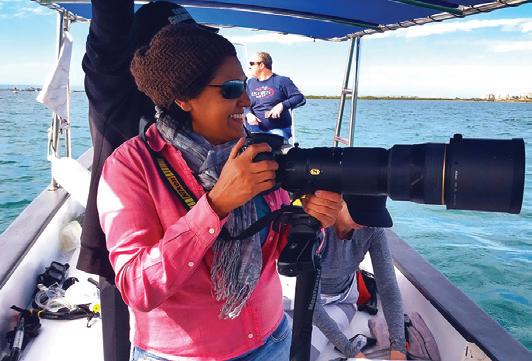






Investigating Threats to



1 Shark Conservation in Belize pg. 7
2 Climate Change at the Arctic’s Edge pg. 7
3 Climate Change in the Mackenzie Mountains pg. 7
4 Conserving Marine Mammals in Costa Rica pg. 8
5 Costa Rican Sea Turtles pg. 8
6 Climate Change and Caterpillars pg. 8
7 Conserving Wild Bees and Other Pollinators of Costa Rica pg. 9
8 Mapping Biodiversity in Cuba pg. 9
9 Sea of Giants: Marine Life of the Baja Peninsula —new ! pg. 9
10 Following Forest Owls in the Western U.S. (AZ) pg. 10
11 Tracking Sharks and Rays in Florida pg. 10
12 Climate Change: Sea to Trees at Acadia National Park pg. 10
13 Endangered Whooping Cranes on the Texas Coast pg. 11
10 Following Forest Owls in the Western U.S. (UT) pg. 11
14 Trailing Penguins in Patagonia pg. 13
15 Wildlife and Reforestation in Brazil pg. 13
6 Climate Change and Caterpillars pg. 14
16 Amazon Riverboat Exploration pg. 14
EUROPE
17 Wildlife in the Changing Andorran Pyrenees pg. 19
18 Killer Whales and Their Prey in Iceland pg. 19
19 Unearthing Ancient History in Tuscany pg. 20
20 Discovering Ancient Societies in Portugal pg. 20
21 Walking with African Wildlife pg. 23
22 Conserving Threatened Rhinos in South Africa pg. 23
23 South African Penguins pg. 24
24 Investigating Threats to Chimps in Uganda pg. 24
25 Restoring Coral Reefs in Bali pg. 27
26 Wildlife of the Mongolian Steppe pg. 27
27 Recovery of the Great Barrier Reef pg. 27

1. Open your phone's camera app
2. Focus the camera on the QR code and gently tap the code
3. Follow the instructions on the screen to complete the action

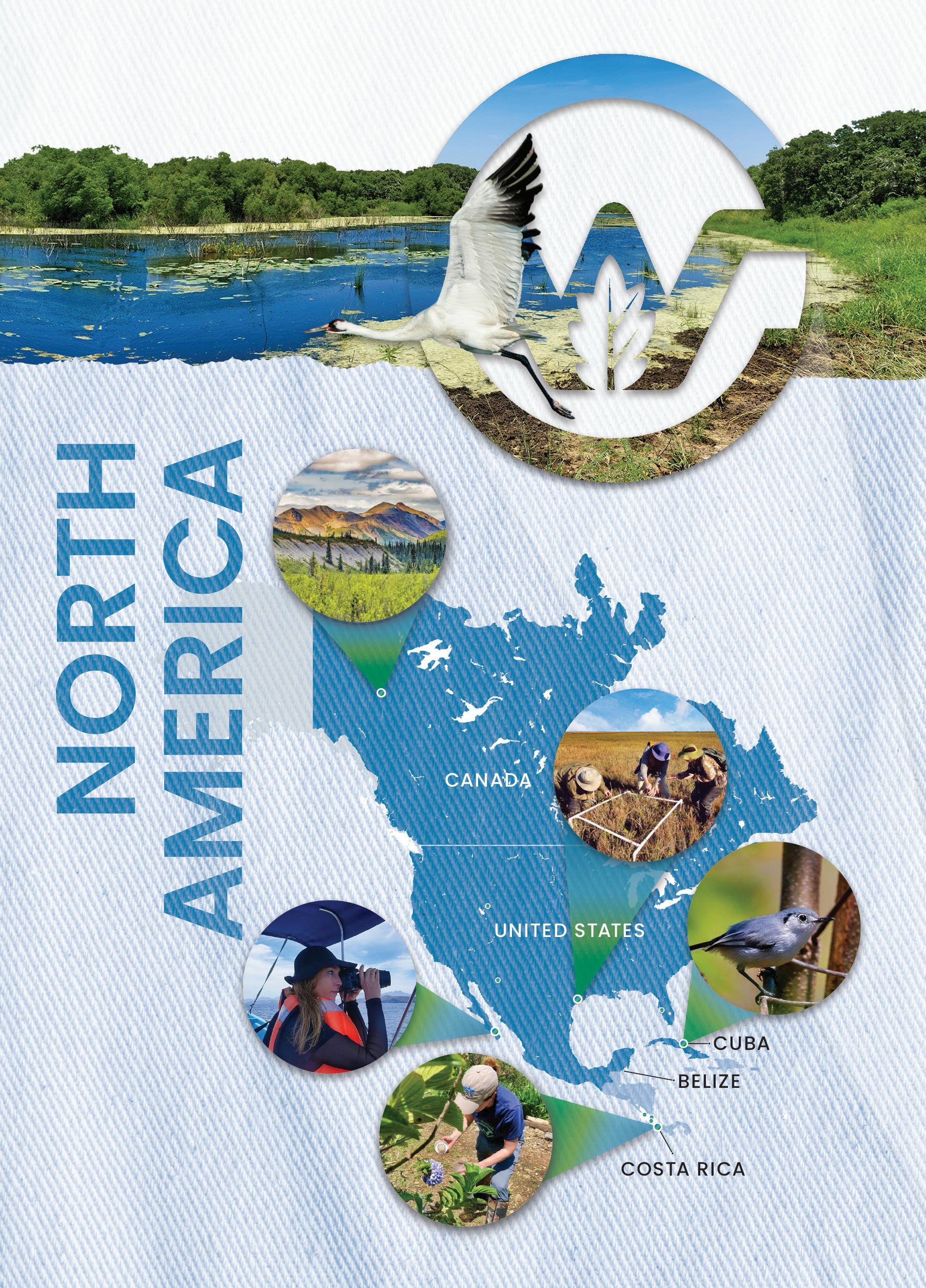


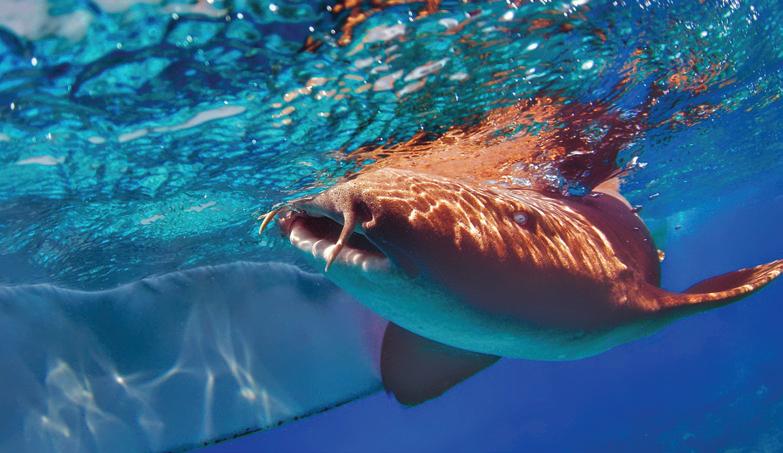
1. Shark Conservation in Belize
Experience the beauty of the Caribbean reefs while helping to save fascinating and misunderstood marine creatures. 25% of shark and ray species are at risk of extinction. Help researchers tag and deploy underwater cameras to protect these animals and their habitat. You will also work with Belizean fishers hired to tag sharks for research, offering them alternative livelihoods that can spare hundreds of sharks annually.
Mar., Apr., June, July, Aug., Nov., Dec.
(avg. $571 per day)


2. Climate Change at the Arctic's Edge
Join a unique expedition in Churchill, Manitoba— renowned as the "polar bear capital of the world"— located at the southern edge of the Arctic. In this region, warming temperatures have led to shrinking polar sea ice, tree line migration, drying freshwater wetlands, and earlier winter snowmelt. Observe the effects of climate change firsthand and help researchers understand what the future holds for this critical ecosystem.
Sept.
(avg. $500 per day)
3. Climate Change in the Mackenzie Mountains
Climate change is immediately apparent in the Mackenzie Mountains, which run through Canada's Northwest Territories and Yukon. Warming temperatures have pushed trees into the tundra, potentially changing the ecosystem. Using high-tech research equipment and careful monitoring, you can help preserve this fragile environment and its stunning wildlife, including one of the world's largest mountain caribou herds.

Travel to the pristine wilderness of Golfo Dulce in southwestern Costa Rica. Here, you will join researchers in studying threats to marine species, including humpback whales, spotted dolphins, and bottlenose dolphins. Your efforts will aid scientists’ understanding of the effects of climate change on marine mammals and strengthen conservation strategies to safeguard this delicate ecosystem from the effects of coastal development.
July, Aug., Dec.
(avg. $443 per day)
for teens, groups


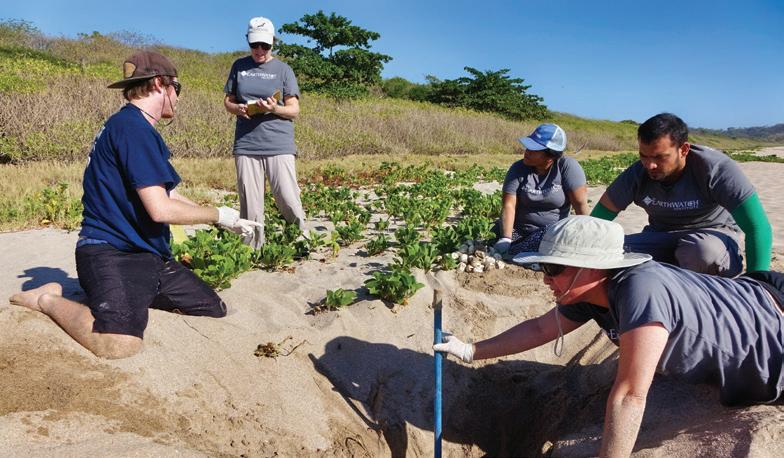
The leatherback sea turtle population in the Eastern Pacific, once a stronghold for the species, is now on the verge of extinction. Help scientists conserve this ancient species—and other marine turtles—by investigating factors driving population declines. You will conduct nightly nesting surveys, assist in turtle tagging and measuring, collect temperature data, relocate eggs from dangerous areas, and potentially release hatchlings.
2023: Nov., Dec. 2024: Jan., Feb.
$4,430 (avg. $492 per day)
In Costa Rica's tropical forests, caterpillars, wasps, and flies coexist with plants in a delicate but dynamic balance. Climate change-induced warming and heavier storms can potentially disrupt these relationships and wipe out plant species. Help scientists get a glimpse of what the future may hold by collecting and studying caterpillars. You will work with some surprisingly fascinating species to preserve the rich diversity of plant and animal life. Alternate location in Ecuador; see page 14.


Hike through tropical and cloud forests to learn about the threats to wild bees and butterflies and discover how these threats affect the vital pollination services they provide. You will help researchers capture and identify these important pollinators as you support efforts to build Central America's first national pollinator protection policy. Some groups will plant trees and shrubs as part of a pollinator-friendly restoration effort.

Cuba's unique landscapes have historically been off-limits to international research. But Earthwatch volunteers are now helping scientists map this important biodiversity hotspot. Help scientists understand how future development can affect Cuba's biodiversity. You will document endemic and migratory bird species, monitor bats, and survey trees in a protected forest reserve.
(avg. $483 per

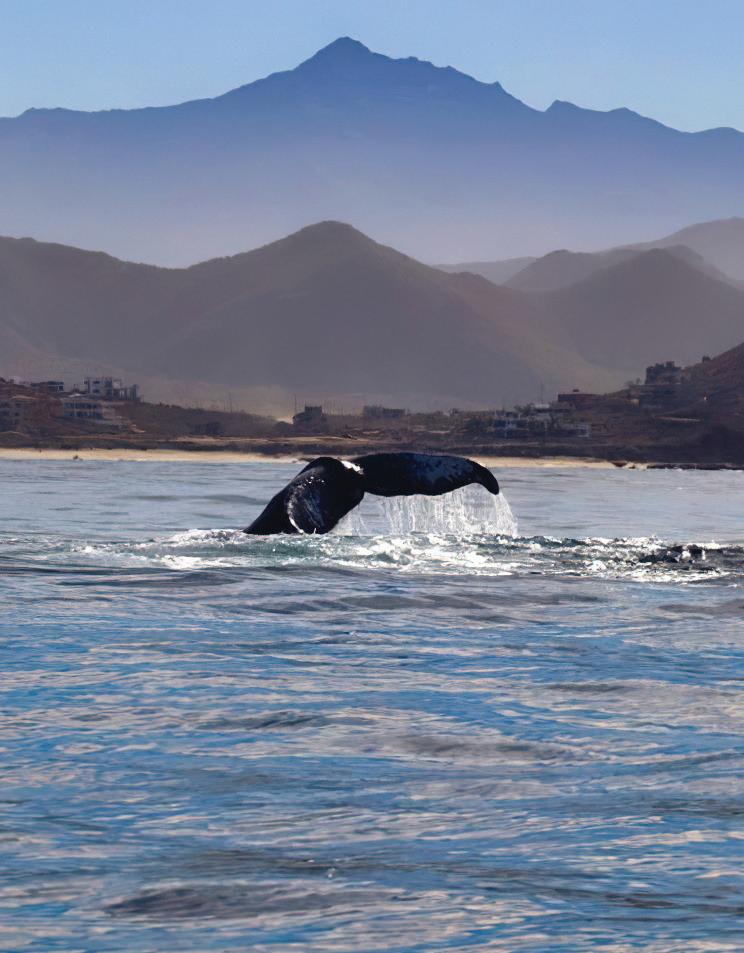
The Gulf of California and the North Pacific waters are teeming with marine life. Yet marine heatwaves and urbanization threaten vital species. If not properly managed, a developing tourism industry may exacerbate these threats. Join researchers on the Baja Peninsula to study dolphins, humpback whales, and whale sharks. Your findings will help scientists understand how climate change and human factors affect marine ecosystems.

10. Following Forest Owls in the Western U.S.
A number of small forest owl species seek out tree cavities for their nests in the canyons and forests of southeastern Arizona. Yet climate change threatens to disrupt these species' daily routines. Join researchers in the Chiricahua Mountains to conduct nesting surveys for several small cavity-nesting owl species, including Flammulated, Elf, and Whiskered ScreechOwls. Alternate location in Utah; see page 11.
May, June, July.
$4,140 (avg. $517 per day) also for teens, groups


11. Tracking Sharks and Rays in Florida
Sharks, the second-most threatened vertebrate group, thrive in southwest Florida thanks to science-based shark fishery management. Cruise the beautiful blue waters off of Sarasota, Florida, on a research vessel named after Dr. Eugenie Clark, the pioneering "shark lady." Help identify, tag, and measure sharks as part of the nation's longest-running shark abundance survey. You will also participate in groundbreaking ray population research.
fielding months Apr., June
$4,360 (avg. $543 per day) also for teens, groups
Acadia National Park is famous for its beautiful granite mountains and craggy coasts. But things are changing. Join researchers and contribute to more than 120 years of observations on this changing landscape. Help scientists protect this national treasure by documenting biodiversity, assessing the triple-threat impacts of ocean acidification, invasive species, and microplastics in the intertidal zone, and helping determine the effectiveness of different park management strategies on preserving native flora and fauna.
fielding months June, July, Aug.
$4,140 (avg. $591 per day)
for teens, groups



Only 600 wild migratory whooping cranes remain, the rarest of the 15 crane species. Climate changeinduced drought and sea-level rise, variable freshwater inflows, and urban expansion threaten whooping cranes and their coastal habitats. Learn about whooping crane habitat and foraging patterns with scientists at Aransas National Wildlife Refuge in coastal Texas. Your contributions will shape protection strategies for this vital wetland ecosystem and for one of North America's most endangered species.
Feb., Mar.
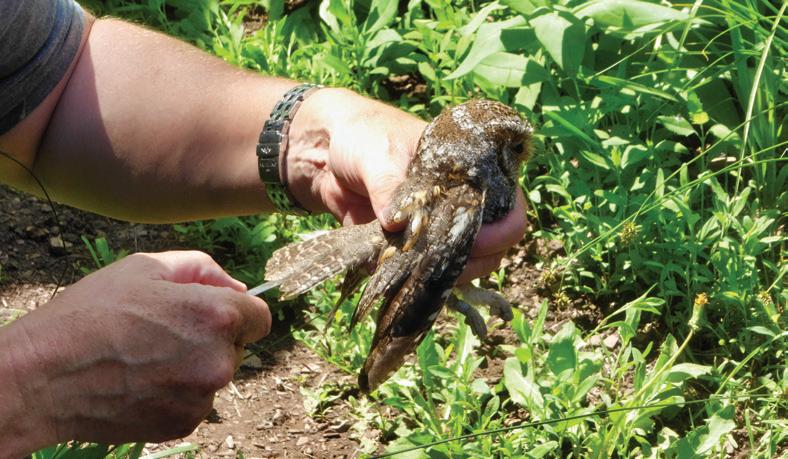
10. Following Forest Owls in the Western U.S.
Several small forest owl species, including Flammulated and Northern Saw-Whet Owls, seek out tree cavities to build their nests in the groves of northern Utah. However, climate change threatens to disrupt these species' routines. Help measure, photograph, and band forest owls to learn more about their nesting and breeding behaviors. You will also evaluate nest boxes as a tree cavity replacement. Alternate location in Arizona; see page 10.
May, June, July
Unlike ecotourism, Earthwatch expeditions allow you to directly contribute to conservation efforts around the world by engaging in hands-on environmental research. You will learn about the science behind our expeditions and how they support healthier ecosystems, uncover the effects of climate change, and address biodiversity loss, all while exploring unique locations.





14. Trailing Penguins in Patagonia
Thousands of Magellanic Penguins breed along Argentina's rocky coast. Visit penguin rookeries on the Golfo San Jorge coast and help researchers monitor and protect these birds. Assist scientists in investigating where and how penguins forage for food. You will also keep an eye on tracking devices and cameras that capture the penguins' movements in real time and assess which predators might be influencing penguin nesting success. Your contributions could help Inform future federal protection.
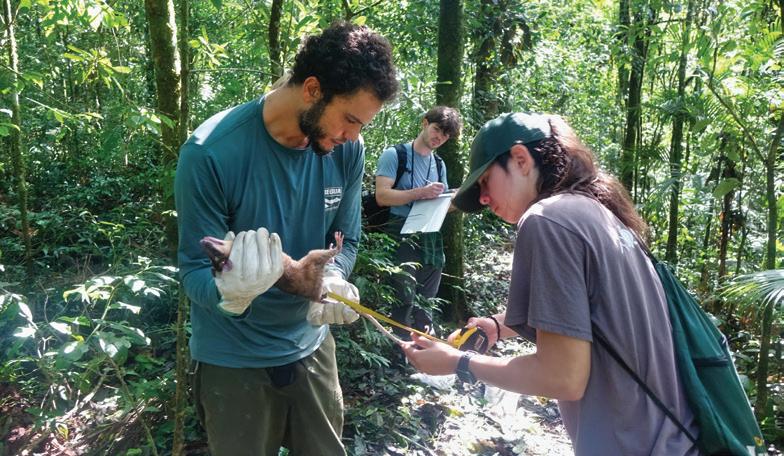
15. Wildlife and Reforestation in Brazil
As forests disappear and trees are cut down, ecosystems are collapsing all over the world. Brazil's once-vast Atlantic Forest has shrunk to less than one-sixth of its former size. Large-scale reforestation efforts aim to reverse this trend, but little is known about how mammals react to regaining habitat. Help researchers monitor mammals, measure trees, and conduct reforestation activities to inform management decisions and regional reforestation efforts.
Jan., Mar., June, July, Nov.
From $3,410 (avg. $487 per day)




Caterpillars, wasps, and flies coexist in a delicate yet dynamic balance with plants in Ecuador’s tropical forests. Warmer temperatures and heavier storms caused by climate change have the potential to disturb these relationships and wipe out plant species. Help scientists get a glimpse of what the future may hold by collecting and studying caterpillars. You will work with some surprisingly fascinating species to maintain the rich variety of plant and animal life. Alternate location in Costa Rica; see page 8.

In northeastern Peru's Amazonian forests, macaws soar through the canopy above pink river dolphins and small caimans. Come aboard a historic boat to survey these and other species. Collect data to inform conservation policies and help scientists understand how climate change affects wildlife and people in the region. This project will help to preserve the landscape while also meeting the economic needs of the surrounding communities.
Jan., Feb., May, June, July, Aug., Sept., Oct., Nov.
$4,850 (avg. $606 per day)
Since 2006, Dr. Richard Bodmer has worked with Earthwatch volunteers and the Cocama people to gather data on the devastating impacts of climate change on the Yarapa River ecosystem in Peru. Currently, information from this project is being used by the Peruvian Forestry and Wildlife Service (SERFOR) to manage subsistence hunting in the Loreto Region, by the Peruvian Protected Area Authority (SERNANP) to manage wildlife hunting in national reserves, and by the Regional Government to set wildlife management plans in community reserves.







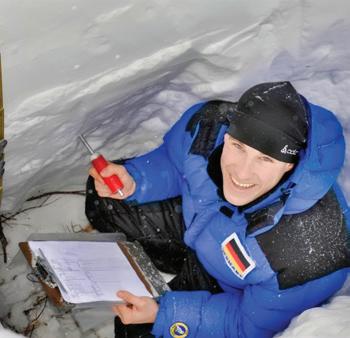
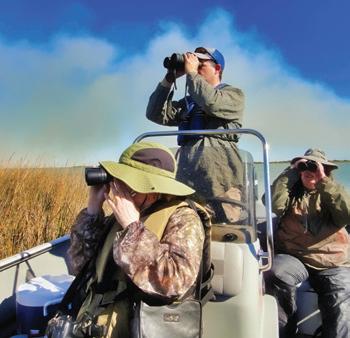

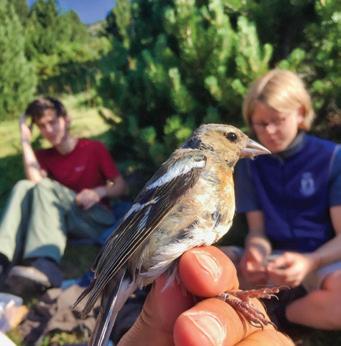

ANSWER THE CALL TO BE A CLIMATE CHAMPION!
When you decide to join an Earthwatch expedition, you’re doing more than signing up for a week of research. You’re filling an essential role in a research team that allows scientists to collect years of critical data.
This work would be impossible without Earthwatch.
—Dr. Manoel Muanis, Earthwatch Scientist, Wildlife and Reforestation in Brazil
Help scientists dream big and answer far-reaching questions by joining an Earthwatch expedition.

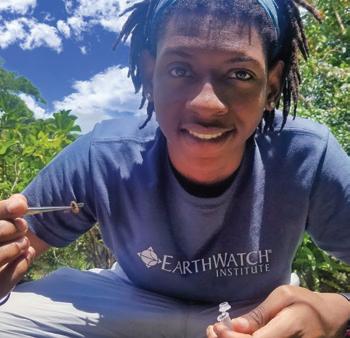




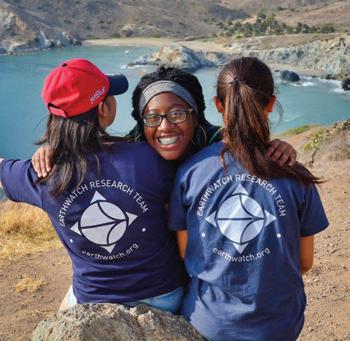

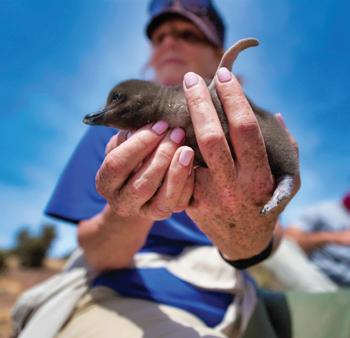
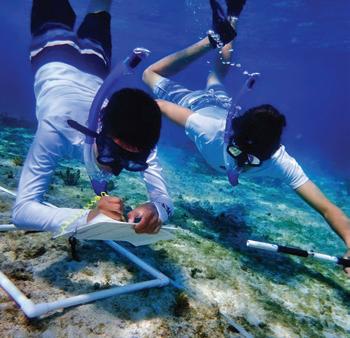
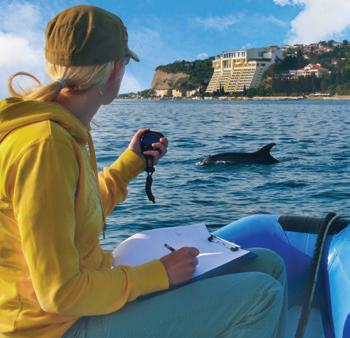


I have come back from this expedition inspired and with a mission. I left home rather confused as to what I am doing next year, and I have returned knowing exactly where my passion lies.
—Courtney Taylor
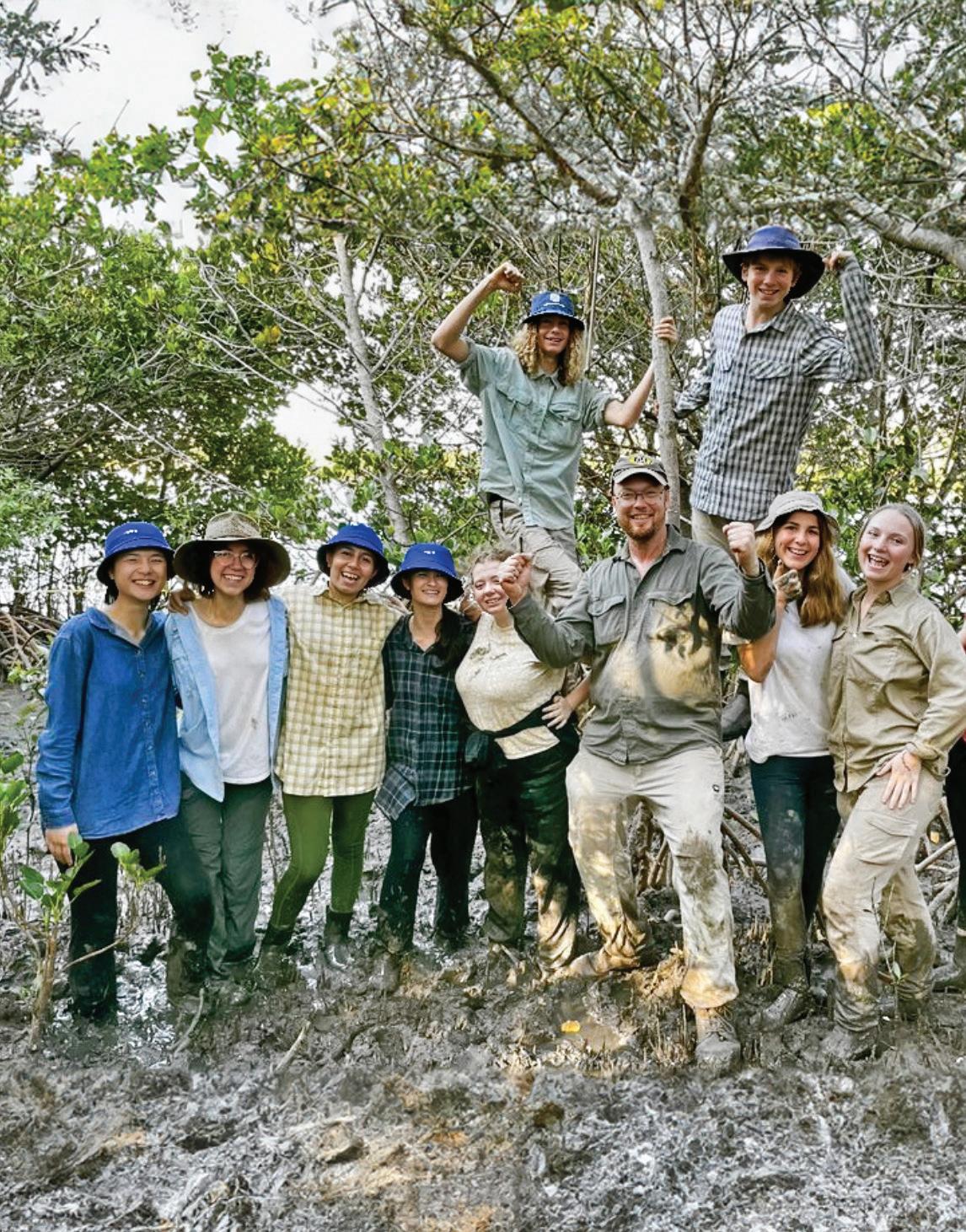
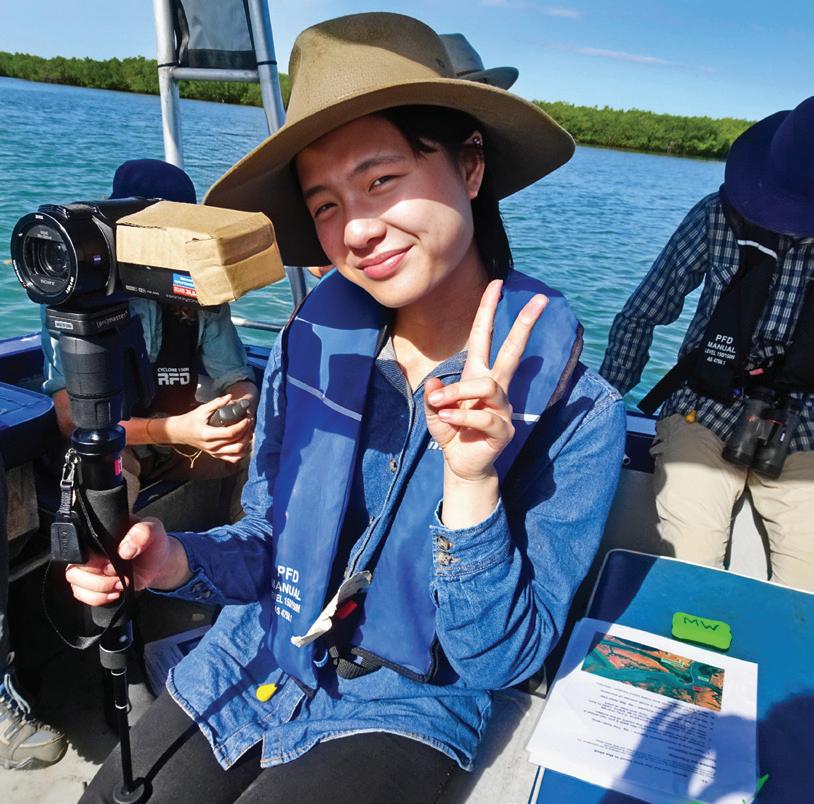






We are inspired by the younger generation’s commitment to addressing climate change and environmental issues. Earthwatch offers fully funded opportunities for young leaders to join transformative experiences in nature.
Student Challenge Program: Live and work alongside Earthwatch scientists, conducting hands-on research in the field.
Agents of Change for the Environment: Empowering young leaders to make positive change in their community and beyond.


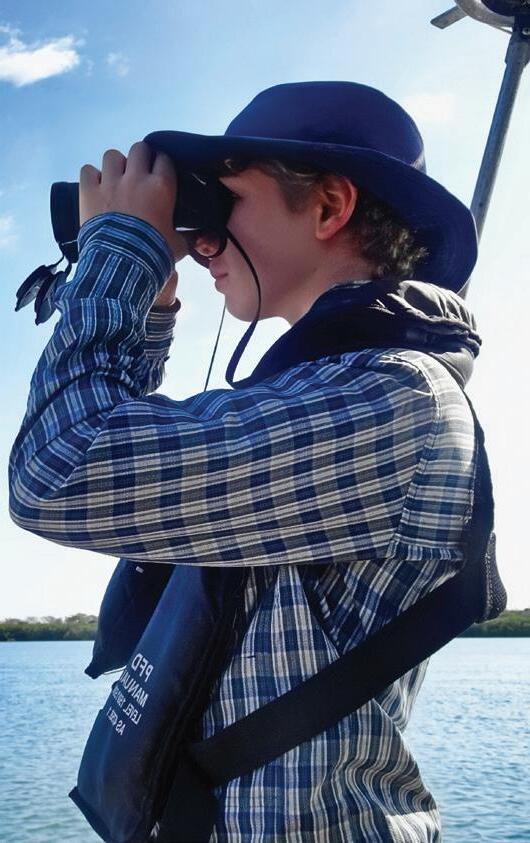




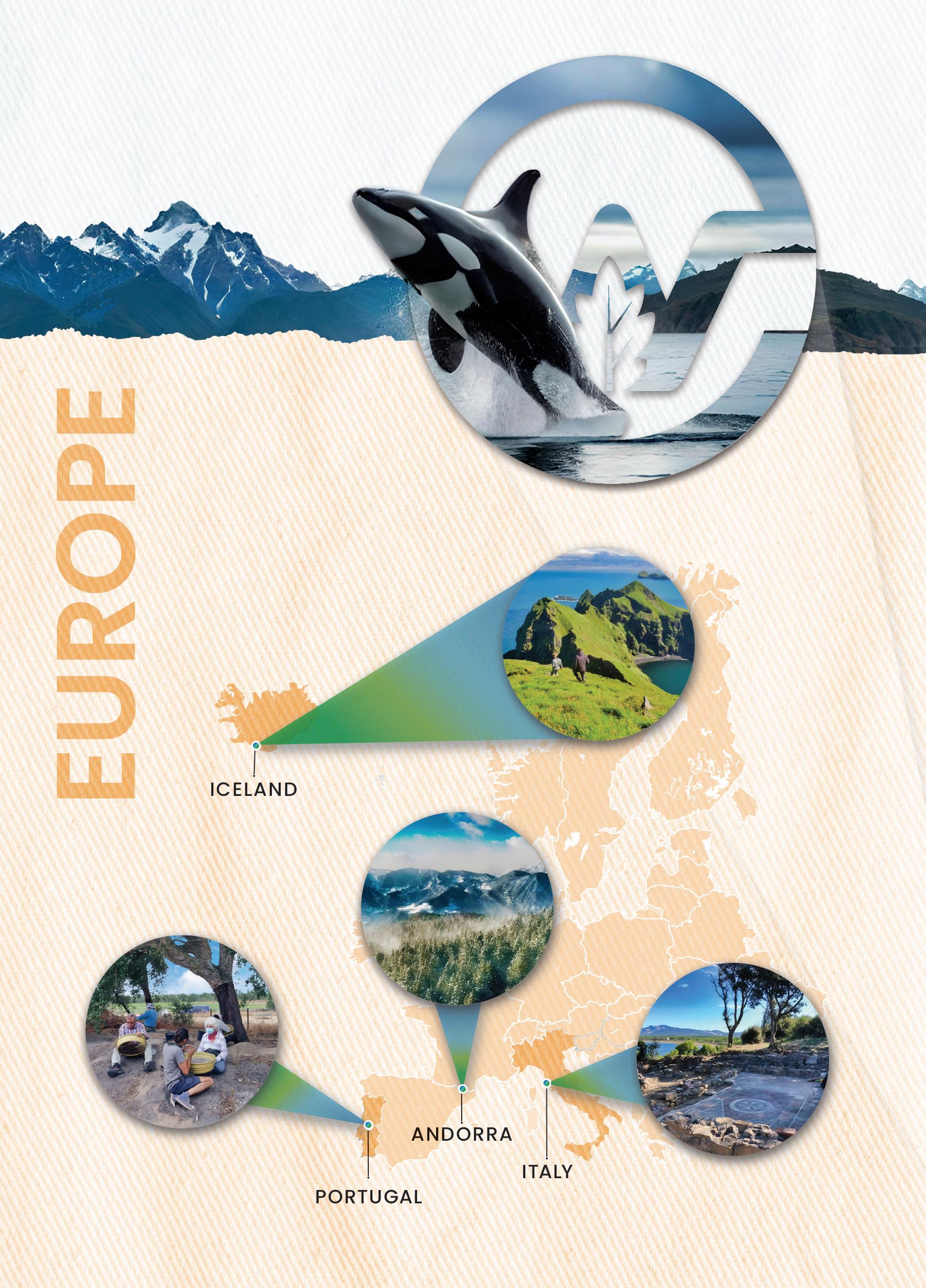

17. Wildlife in the Changing Andorran Pyrenees
Climate change is causing irreversible changes on the high slopes of the Andorran Pyrenees, prompting many species to shift their ranges higher up the mountain slopes. Help researchers investigate these changes as you document the biodiversity of forests and alpine meadows. You will monitor nest boxes, band birds, study soil and trees, and evaluate mammal diversity with cameras and small traps. Thanks to your participation, researchers will determine animal well-being and decide how to protect key species best.
May, July, Sept.
9 days
From $3,770 (avg. $418 per day) also for teens

18. Killer Whales and Their Prey in Iceland
Participate in one of Iceland's pioneering research projects to explore whether changes in killer whales’ diets due to climate change are influencing their health and survival. Among a stunning volcanic landscape, you will observe and record the ocean's top predators as they forage through coastal waters. As their understanding of these animals grows, scientists will be able to help establish policies to protect them from future environmental change.
12 days fielding months June, July, Aug.
$5,800 (avg. $483 per day)
Killer Whales and their Prey in Iceland is the first long-term study of killer whale diet as an indicator of overall health and survival.



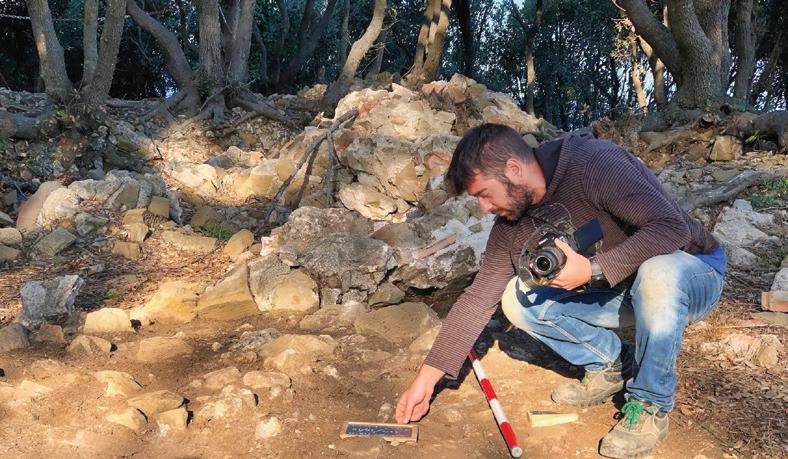
19. Unearthing Ancient History in Tuscany
Help experts reconstruct the complex past of one of Tuscany's most important historical sites, the ancient seaside city of Populonia. Etruscan, Roman, and Medieval artifacts are abundant at this one-of -a-kind location. Contribute to the preservation of these historical treasures by excavating and, in some cases, restoring ancient artifacts. You will understand the value of archaeological discovery and protection as you live the life of an archaeologist.
June, Sept., Oct.
$3,560 (avg. $508 per day)
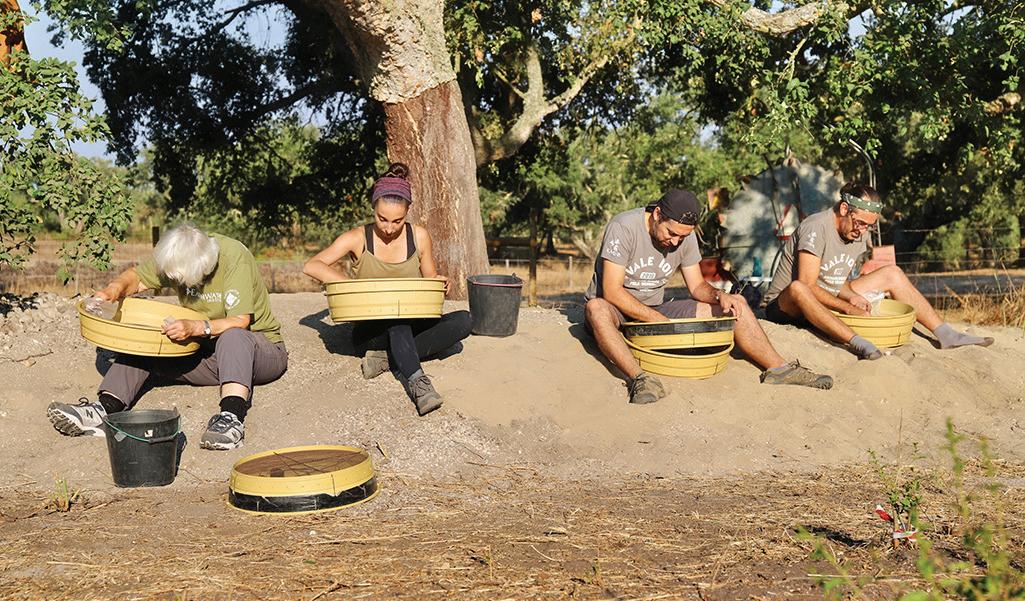
20. Discovering Ancient Societies in Portugal
More than 8,000 years ago, hunter-gatherer societies evolved into some of the first farming communities in the sloping Tagus Valley, marking a turning point in human history. It was previously assumed that one culture displaced the other, but evidence from this dig site indicates that the two coexisted for some time. Join archaeologists in central Portugal to preserve an important part of the country's heritage.
fielding months July, Aug., Sept.
$4,350 (avg. $621 per day)
DISCOVERING ANCIENT SOCIETIES IN PORTUGAL
Live the life of a professional archaeologist as you unearth, clean, and study artifacts that shed light on Portugal's transition from hunter-gatherer to farming populations. You will unearth bone tools, shells, ornaments, and maybe even animal remains!




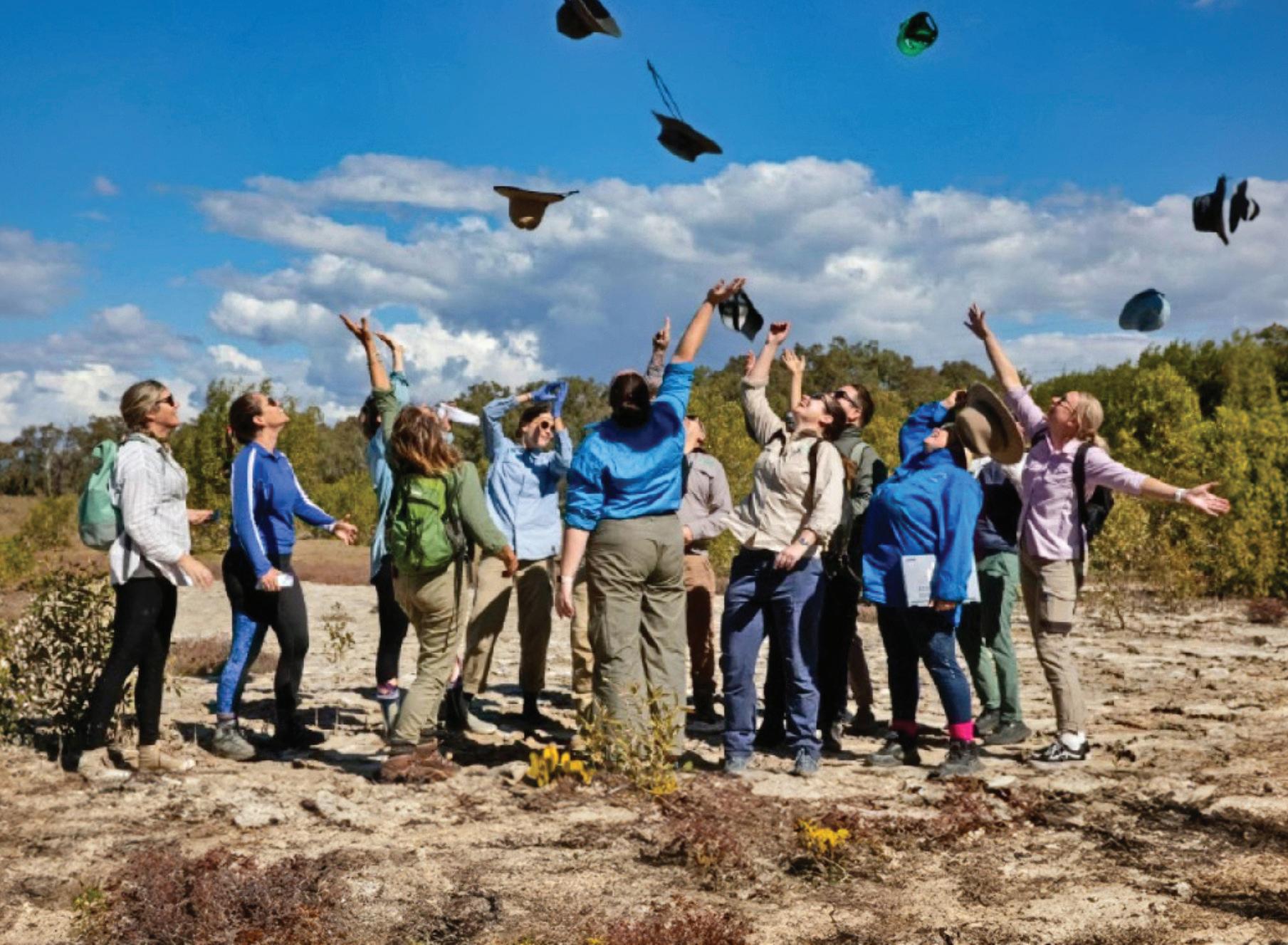

The professional network of scientists and specialst teachers I have made from attending Bush Blitz TeachLive has been invaluable. I created meaningful links for myself and my students regarding synergies between science, nature, and the classroom..
—Bek Armishaw
Earthwatch works with teachers to help them inspire the next generation to take action to save the natural world. As science teacher, Bek Armishaw can attest, Earthwatch TeachLive Expeditions are a one-of-a-kind professional development opportunity for teachers.
Following participation in the TeachLive project, a fully funded expedition experience for high school teachers, Bek has continued to leverage Earthwatch expeditions as a tool for student engagement.

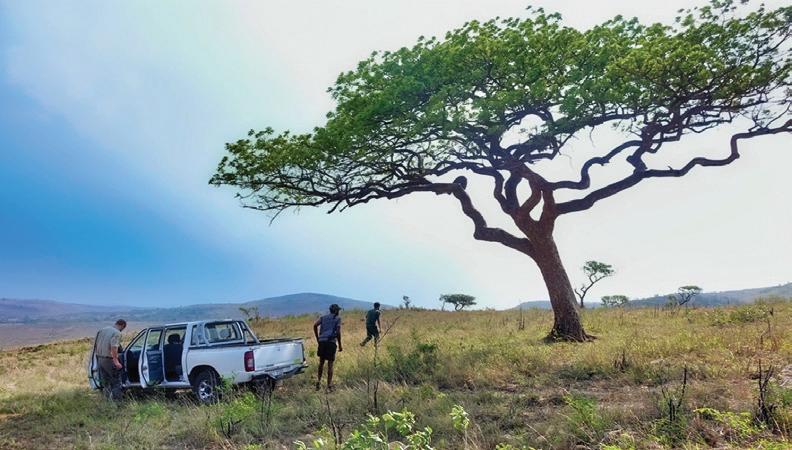
22. Walking with African Wildlife
Explore one of Africa's oldest reserves, HluhluweiMfolozi Park, and help ensure large herbivores have access to water. You will document the presence of giraffes, antelope, and zebra as you walk through the savanna with an armed ranger. You may also encounter white and black rhinoceros, elephants, and other species. Your participation will help scientists understand animal population cycles and strengthen park management.




Our team is standing by to answer your questions and help you choose the right expedition for you!
Contact us at expeditions@earthwatch.org.au or (03) 9016 7590.
23. Conserving Threatened Rhinos in South Africa
Poaching has decimated rhinoceros populations all over the world. South Africa, home to three-quarters of the world's rhinos, is in a dire state. You will monitor white rhinos and their surroundings, determine the effect of horn trimming on rhino behavior, and test the effectiveness of various poaching deterrents. This knowledge is essential for the conservation and management of these vulnerable populations throughout their range.
(avg. $444

24. South African Penguins
Robben Island's African Penguins, once a thriving population, have declined by 90% in the last century. Oil spills and competition with fishermen for food resources threaten these charismatic seabirds. You will get up close and personal by monitoring their nests, weighing penguin chicks, and helping preserve their seaside habitat. Help scientists bring African Penguins back from the brink of extinction before it’s too late.

25. Investigating Threats to Chimps in Uganda
Chimpanzees and other primate species are raiding farmers' crops as they struggle to find food in East Africa's largest remaining tropical rainforest. Explore the rainforest and help scientists understand declining fruiting tree productivity. Observe wild chimps and monkeys, band fruit-eating birds, and study the fruiting cycles of trees. Your contributions will reveal how climate change is affecting this landscape and the people who live near the forest.
In 2018, South African policy makers announced the establishment of a new Marine Protected Area around Robben Island that will explicitly safeguard seabirds, including the endangered African Penguin. This decision can be attributed to the nearly two decades of research conducted by Earthwatch scientists and volunteers as part of the expedition South African Penguins.




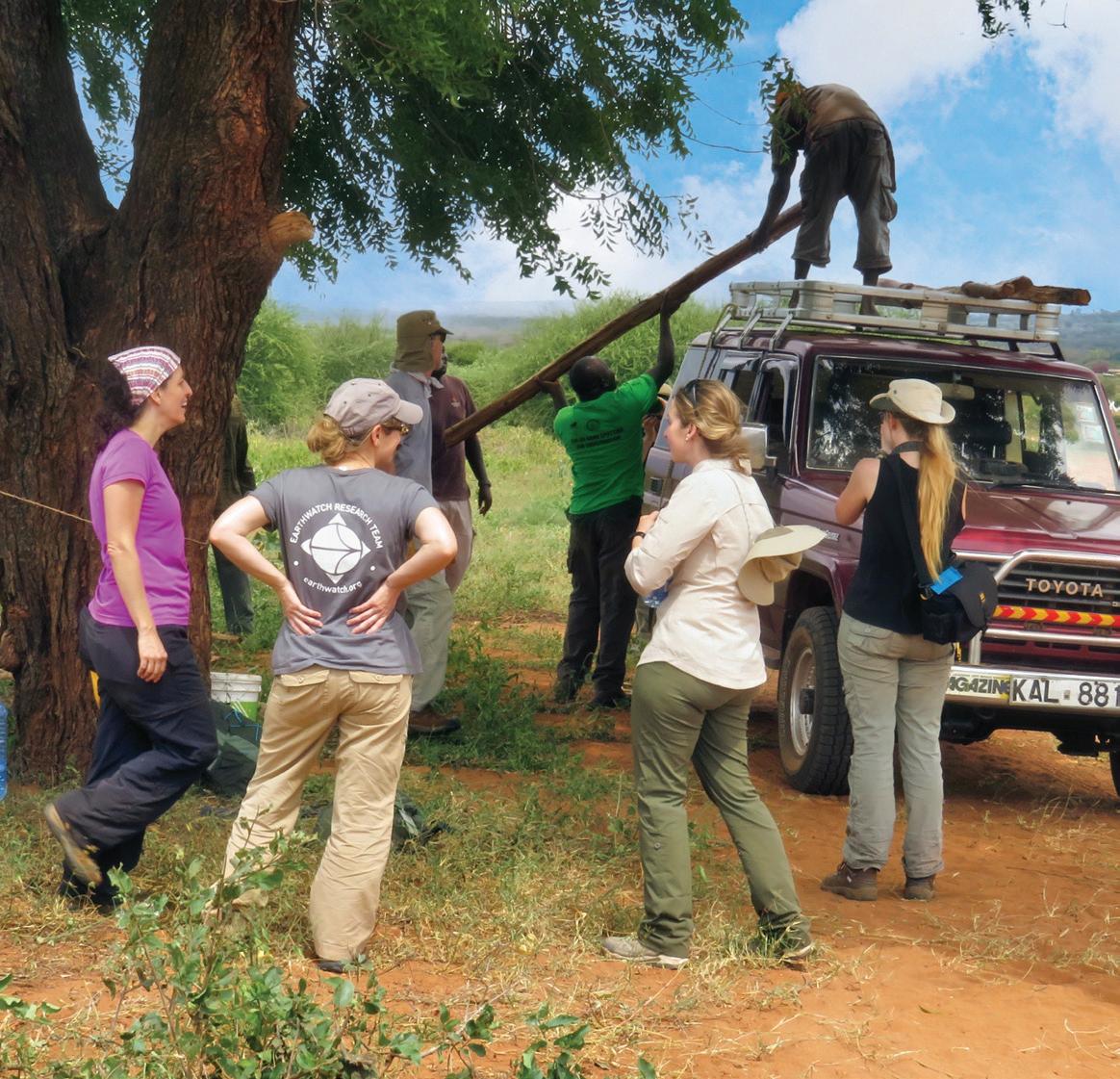
Earthwatch's unique model allows scientists and volunteers to form local partnerships to find long-term, community-based solutions to environmental challenges worldwide. Over the last decade, more than 96% of Earthwatch projects have employed, trained, or otherwise engaged members of the local community.
Earthwatch teams collaborate closely with community members and local scientists to provide the evidence they need to best manage and protect their homes. This can include establishing Marine Protected Areas or developing management plans to protect local biodiversity.


Helping communities that are already suffering from the unpredictable effects of a changing climate requires a holistic approach. Working directly with the farmers is one of the volunteers’ favorite tasks, as they quickly see the challenges the farmers face and the humble and welcoming spirit of the Kenyan people.
—Lynn Von Hagen, Earthwatch field team leader, Elephants and Sustainable Agriculture


26. Restoring Coral Reefs in Bali
Destructive fishing practices, warming oceans, and pollution have all wreaked havoc on Bali's coral reefs. Snorkel or scuba dive * over natural and artificial reefs in a locally established Marine Protected Area. With your support, researchers will be able to determine how closely artificial reefs can mimic natural coral reef communities and their ecosystem processes. * Certification required for participation on scuba teams. See the project briefing for details.
Sept.

Very Active
7–14 days

From $3,560 (avg. $508 per day)

27. Wildlife of the Mongolian Steppe
Join scientists in the "land of the eternal blue sky" to experience the diverse wildlife of the Ikh Nart Nature Reserve. Study the health and behavior of argali sheep, Siberian ibex goats, lesser kestrels, cinereous vultures, and other species in this rugged landscape. You will also monitor wildlife populations using innovative wildlife research and capture methods to help researchers protect wildlife from poaching, illegal mining, and overgrazing.
14 days fielding months June, July, Aug., Sept.
$5,300 (avg. $378 per day)
28. Recovery of the Great Barrier Reef
Be part of the team undertaking active recovery efforts on the world's largest coral reef system, Australia's Great Barrier Reef. Climate change threats like rising sea temperatures and stronger cyclones are causing coral bleaching and significant reef damage. Help scientists test macroalgae removal methods to allow coral to regrow. Your contributions will directly support the Great Barrier Reef's recovery and the survival of reefs worldwide.
Feb., July, Oct.
$1,795 (avg. $369 per day)

* U.K. Sterling and Euro pricing is available on our website.
Note: Expedition dates and prices are subject to change due to unforeseen circumstances. For the most up-to-date information, visit our website at earthwatch.org.au/expeditions


JOIN THE MOVEMENT TODAY!
Tiny Forests are a unique nature-based solution, reconnecting people with nature and helping to mitigate the impacts of climate change and providing nature-rich habitat patches to support urban wildlife.
Join the Tiny Forest movement to make a difference locally and help meet the challenges we face globally.


earthwatch.org.au/tiny-forests


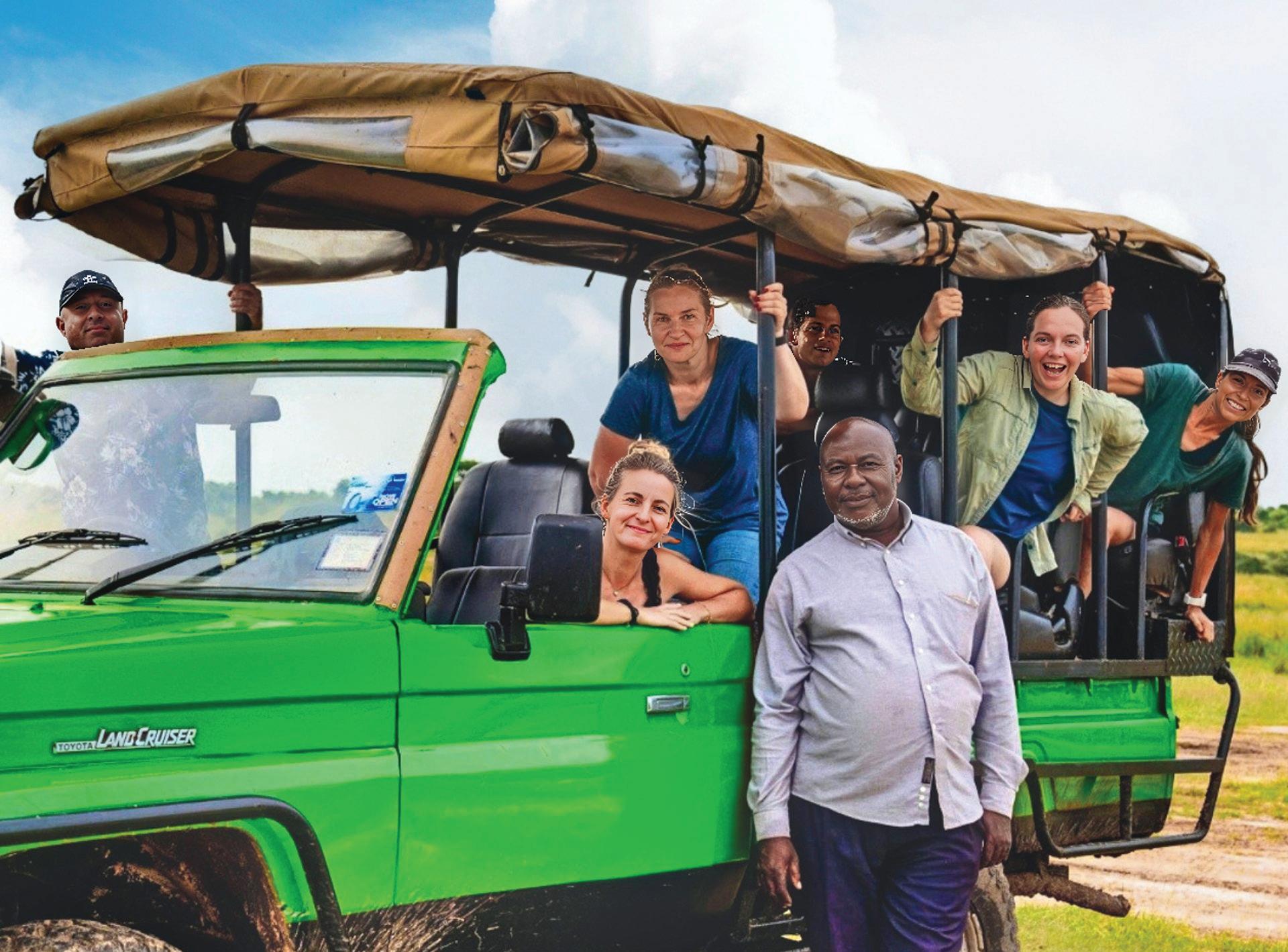
If you’re unable to join an Earthwatch expedition or if you’re a volunteer looking to do even more, there are many ways to support our mission; to empower people to save the natural world.
With your support, we can continue empowering everyday Australians to contribute to the restoration of our iconic landscapes, safeguard our unique wildlife, and preserve our precious reefs and oceans. Help us to foster connections between people, science, and nature to amplify and accelerate the action we are taking to keep ahead of climate change and safe the natural world.

Visit earthwatch.org.au/ donate or contact us at
hello@earthwatch.org.au




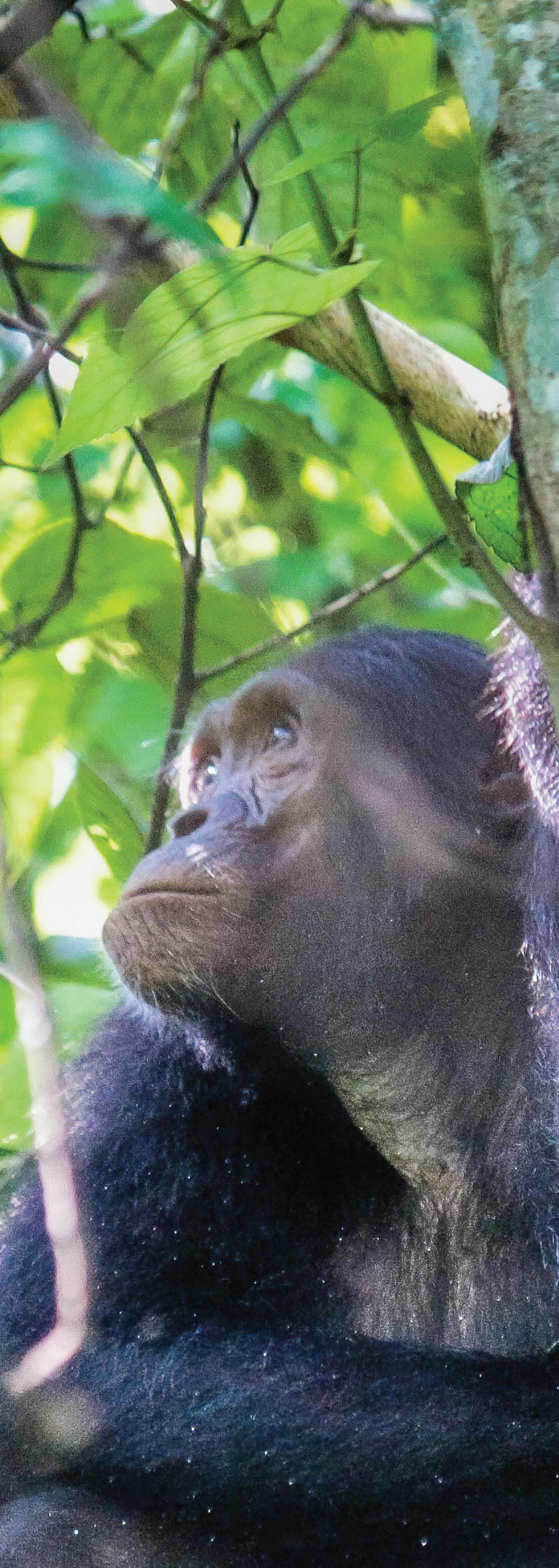
HAVE MORE QUESTIONS? WE CAN HELP!
Our team is standing by to answer any and all questions!
Contact us at (03) 9016 7590 or expeditions@earthwatch.org.au

Q. WHAT IS INCLUDED IN THE COST * OF MY EXPEDITION?
A. Expedition costs include
• food
• accommodations
• 24/7 incident support
• local transport. Your contribution is also an investment in scientific progress! Contributions help cover the costs of permits, field equipment, laboratory space, support staff, accommodations, and other expenses that make research possible.
* Contributions are tax-deductible in the United States.
Q. HOW DOES MY CONTRIBUTION MAKE AN IMPACT?
A. Among many other impacts, Earthwatch scientists and volunteers collect data to inform environmental policies and management plans. These plans support ecosystem conservation, biodiversity restoration, and local communities worldwide.
Please visit earthwatch.org.au/ expeditions/expedition-faqs for more information.

